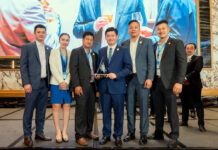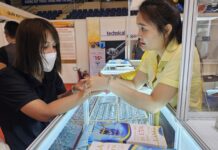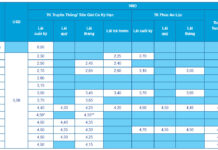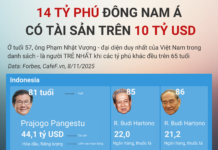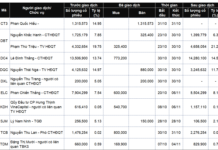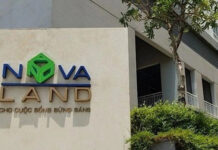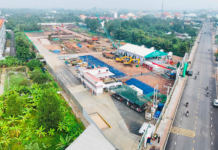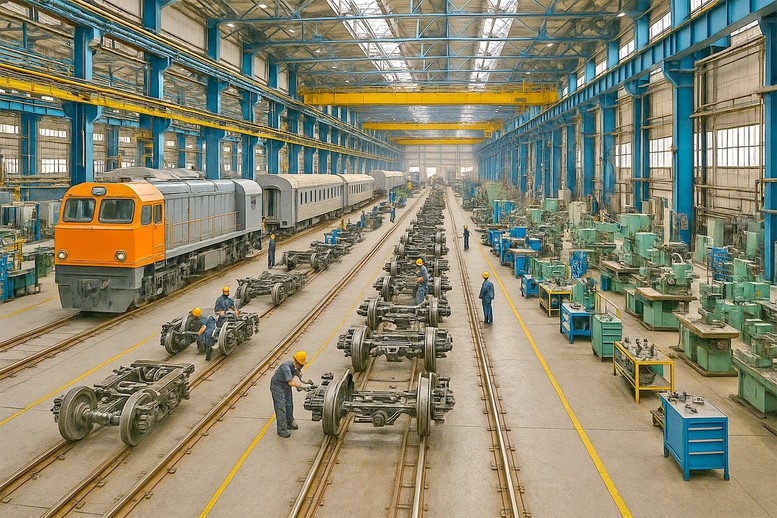
During the 2025-2030 period, Vietnam aims to train at least 35,000 professionals, focusing on high-quality manpower to meet the demands of high-speed rail, electrified rail, urban rail projects, and supplement teaching staff for training institutions – Image: Vẽ Al
The Ministry of Construction has submitted to the Government a draft plan titled “Training and Development of Vietnam’s Railway Workforce by 2030, with a Vision to 2045” (Draft Plan).
Vietnam is on the cusp of a transformative phase in its railway sector, marked by the implementation of key national infrastructure projects: the North-South high-speed railway and the Lao Cai – Hanoi – Hai Phong railway. These initiatives are pivotal in driving socio-economic development and advancing the nation’s industrialization and modernization.
Recently, the Government approved the development of 9 new railway lines and the upgrade of 7 existing ones, setting a target to establish 28 urban railway lines in Hanoi and Ho Chi Minh City by 2045, spanning over 1,100 km in total.
These projects, characterized by substantial investment and advanced technology requirements, necessitate a highly skilled workforce for design, construction, management, and operation.
International experience from countries like Japan, France, Germany, China, and South Korea highlights that the development of high-speed railway systems is invariably accompanied by early and systematic workforce training and development.
Significant Workforce Challenges
Currently, Vietnam’s railway sector faces significant workforce challenges, as acknowledged by the Ministry of Construction: a shortage in numbers and a mismatch in skill sets, particularly among experts capable of mastering advanced technologies, managing complex projects, and operating modern railway systems.
Furthermore, core railway technologies such as locomotive design, carriage manufacturing, signal control systems, automation, and electrification remain heavily reliant on foreign expertise, with limited local capabilities.
“Without early workforce development planning, Vietnam risks remaining dependent on foreign expertise throughout the project lifecycle, hindering technology mastery and self-reliance.”
Therefore, the implementation of the Training and Development Plan for the Railway Workforce is imperative. It aims to proactively cultivate a high-quality workforce, ensuring sufficient quantity, timely availability, and advanced expertise. This initiative is crucial for effectively constructing and operating modern railway systems, fostering a self-reliant national railway industry, and enhancing regional and international competitiveness, as emphasized by the Ministry of Construction.
Training 140,000 Railway Professionals Systematically
In response to these challenges, the Ministry of Construction has set a goal to establish a comprehensive railway workforce with advanced professional skills, technical expertise, and high technological capabilities. This workforce will meet the demands of high-speed rail, national electrified rail, and urban rail projects, gradually mastering technology, enhancing national competitiveness, and promoting the development of a modern, self-sustaining, and sustainable railway industry.
Specific targets have been outlined for each phase. During the 2025-2030 period, the plan is to train at least 35,000 professionals, focusing on high-quality manpower to meet the demands of high-speed rail, electrified rail, urban rail projects, and supplement teaching staff for training institutions.
Training will be distributed across educational levels: approximately 1,000 postgraduate, 14,000 undergraduate, 11,000 college, and 9,000 intermediate level trainees.
By industry group: Railway Civil Engineering (4,700), General Civil Engineering (16,300), Railway Information and Signaling (3,700), Railway Electrical and Energy Systems (1,100), Locomotives and Carriages (1,700), Construction Economics and Railway Transport Economics (1,500), and Railway Transport Operation (6,000).
Additionally, vocational training will be provided for at least 12,000 individuals to meet the operational, maintenance, and management needs of national and urban railway lines, including 4,500 for national railways and 7,500 for urban railways.
Knowledge and skill enhancement in railway management and development will be offered to approximately 500 government officials, civil servants, and experts in railway state management.
Project management training will be provided for around 1,000 professionals in railway project management.
At least 1,000 individuals from research institutions, construction companies, railway operators, and industries will be selected to directly engage in technology research, transfer, and gradual mastery of railway technologies.
This includes: technical inspection and construction supervision (200), electrified railway infrastructure construction for speeds over 200 km/h (100), locomotive and carriage assembly, improvement, and production (300), installation, operation, and maintenance of modern signaling systems (200), and technology transfer for maintenance and overhaul of locomotives, carriages, and technical infrastructure (200).
During the 2031-2045 period, the plan is to train at least 105,000 professionals, with a focus on advanced manpower development for project implementation and teaching staff supplementation. Similar to the 2025-2030 phase, training will be distributed across educational levels, industry groups, and vocational areas, including operation, maintenance, state management, and project management.
Notably, this phase will see an increase to 5,000 individuals selected for direct involvement in technology research, transfer, and mastery.
Attracting Talent and Rewarding High-Quality Labor
To effectively achieve these goals, the Draft Plan proposes seven key tasks and solutions.
Regarding institutional and policy enhancements for railway workforce development, the focus will be on creating mechanisms to train, develop, and retain high-quality manpower, especially state management officials, engineers, researchers, educators, and technical experts. This includes preferential policies for technology transfer and mastery.
Mechanisms will be established to promote state-school-enterprise cooperation in workforce training and development, along with public-private partnership models to combine state budget and private sector resources.
Training and research institutions will be strengthened through infrastructure and equipment upgrades, aiming to establish advanced practical and experimental centers capable of training high-quality manpower and facilitating technology research and transfer for high-speed, electrified, and urban railway projects.
Training and development will focus on project implementation, operation, maintenance, state management, and project management.
Efforts will be made to develop research capabilities, technology application, transfer, and mastery in the railway sector. Manpower from training institutions, research bodies, corporations, and enterprises will be mobilized to engage in technology research, transfer, and gradual mastery, with an emphasis on information technology, digital transformation, robotics, and artificial intelligence.
Additional solutions include fostering international cooperation in workforce training and development, and enhancing communication for railway workforce training and development.
To diversify investment and promote public-private partnerships, the Ministry of Construction suggests integrating relevant tasks and solutions into approved programs and projects to efficiently utilize resources for Plan implementation.
The Ministry also proposes funding the Plan through railway project investments, state budgets (including regular and investment allocations), approved program funds, international support, and other legal sources.
Funding Allocation
According to the Draft Plan, funding will be allocated from various sources.
Project investment funds will cover training for operation, maintenance, and technology transfer by manufacturers and service providers, included in the total project investment.
State budget funds will support training for state management officials, infrastructure upgrades for training institutions, incentive programs for railway-related studies, and expert training for technology transfer and mastery.
Enterprise funds will finance training for construction, operation, maintenance, and technology mastery within companies.
Trainees and employers will contribute to higher education and vocational training costs, including employer-commissioned training.
Additional legal funding sources include contributions from domestic and international organizations and individuals.
Southern Real Estate Embraces Airport Corridor Urban Development
The development of Long Thanh Airport, metro lines, highways, and ring roads is reshaping Ho Chi Minh City’s urban landscape, propelling growth in satellite markets centered around integrated urban complexes, according to Dr. Nguyen Tri Hieu, a leading banking and finance expert.





